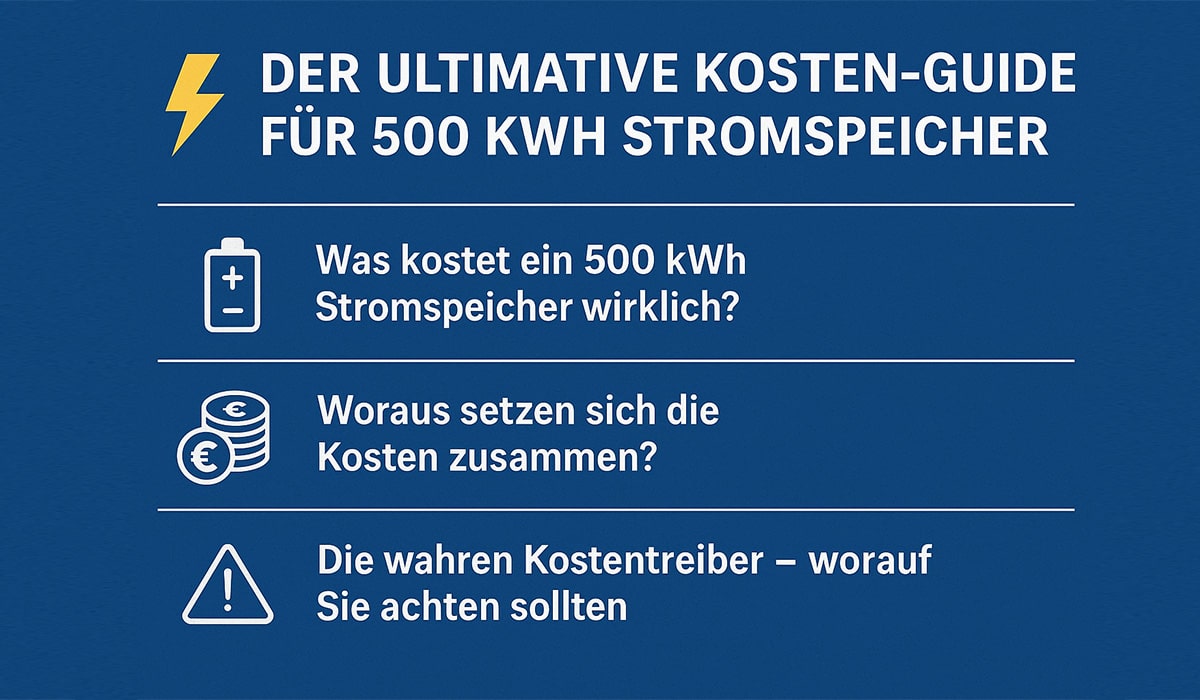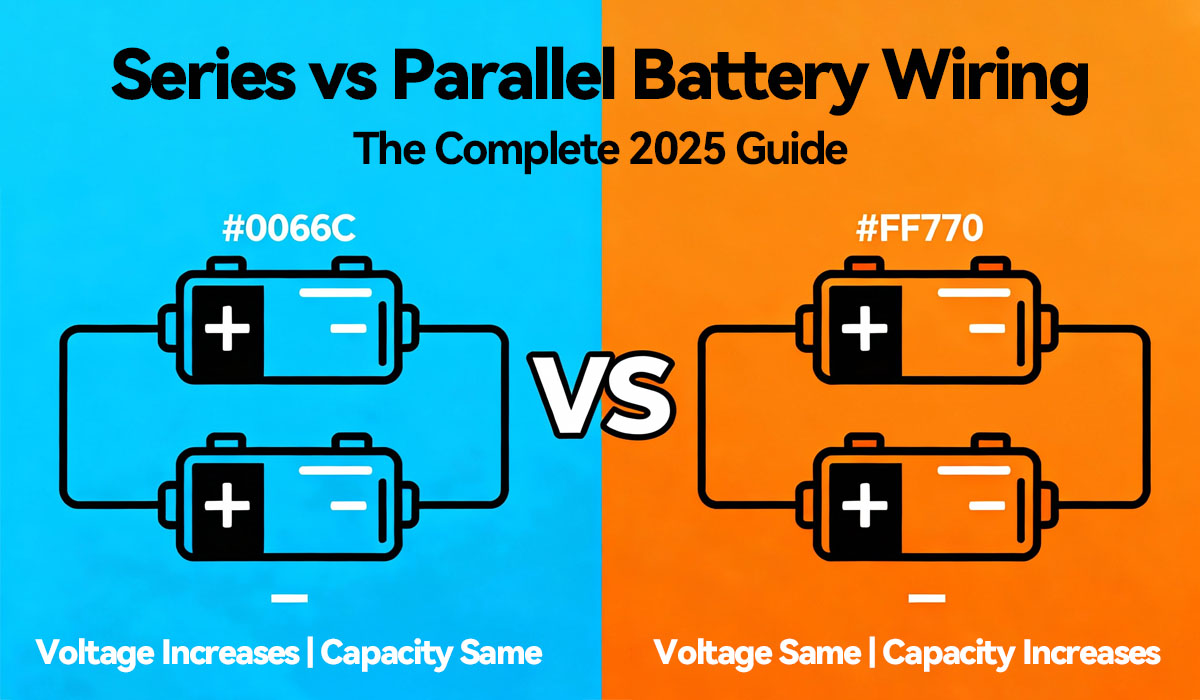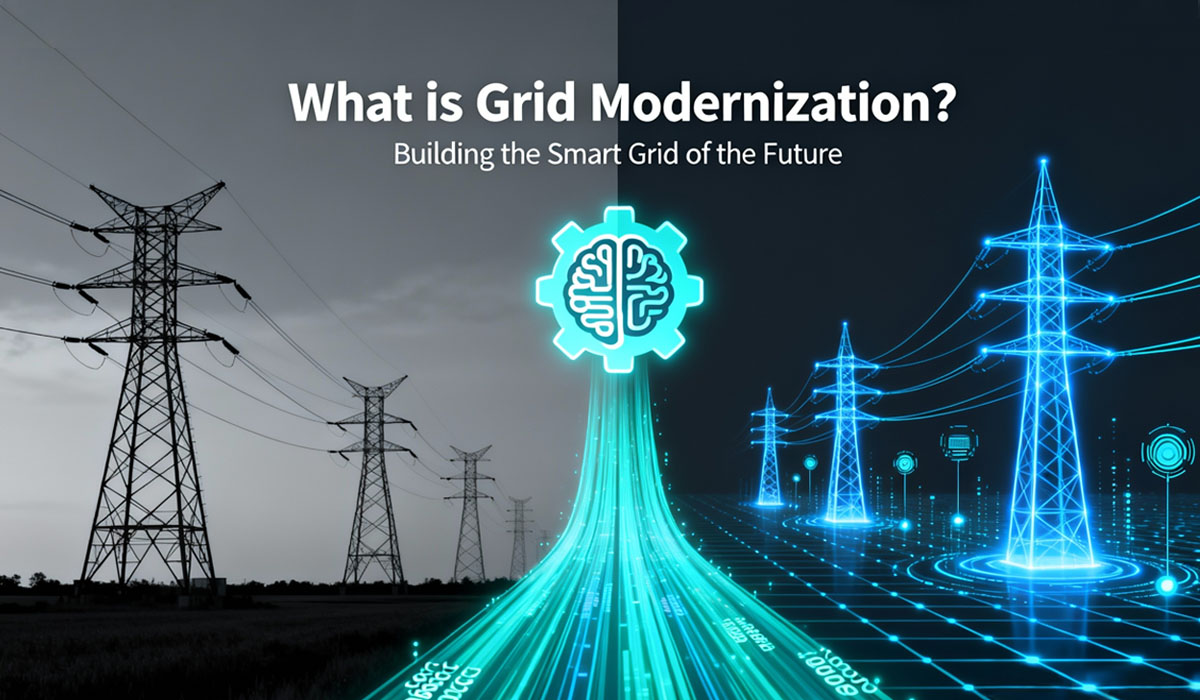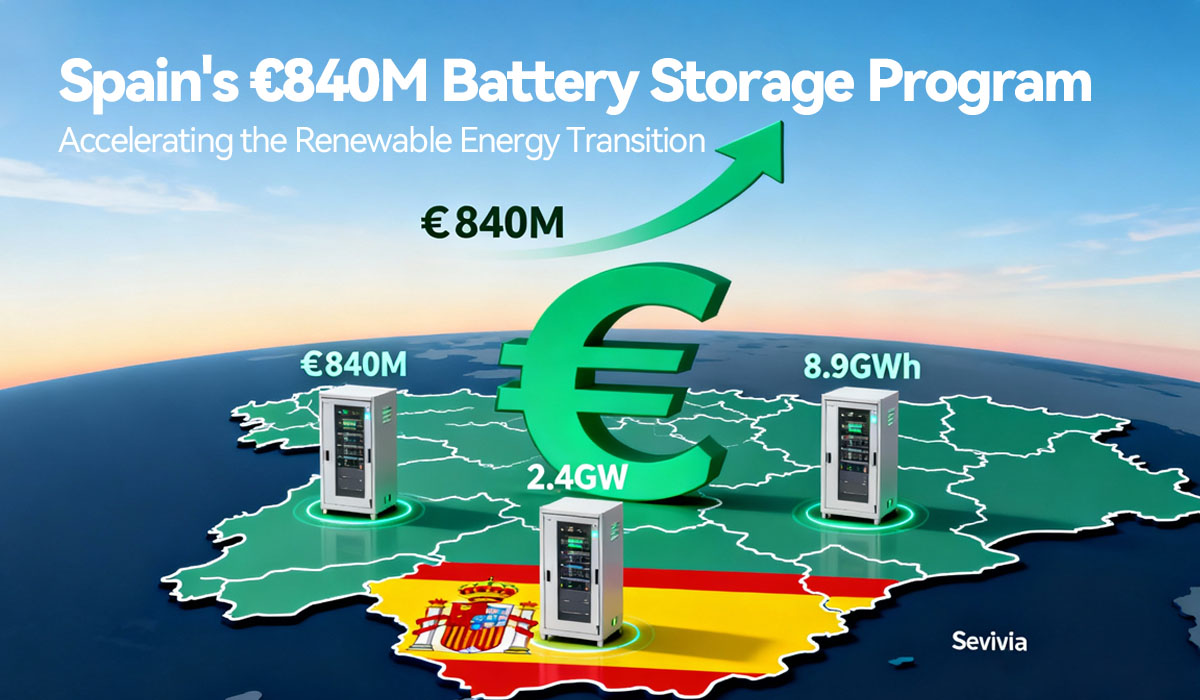Photovoltaic Module Fraud Classification
Photovoltaic Module Fraud Classification
Photovoltaic modules are the core of photovoltaic power plants, and they are also the place where the cost of photovoltaic power plants is the highest, and the profits here are huge. Photovoltaic modules have different wattage and power, quality and price. It is difficult for ordinary consumers to distinguish good or bad modules.
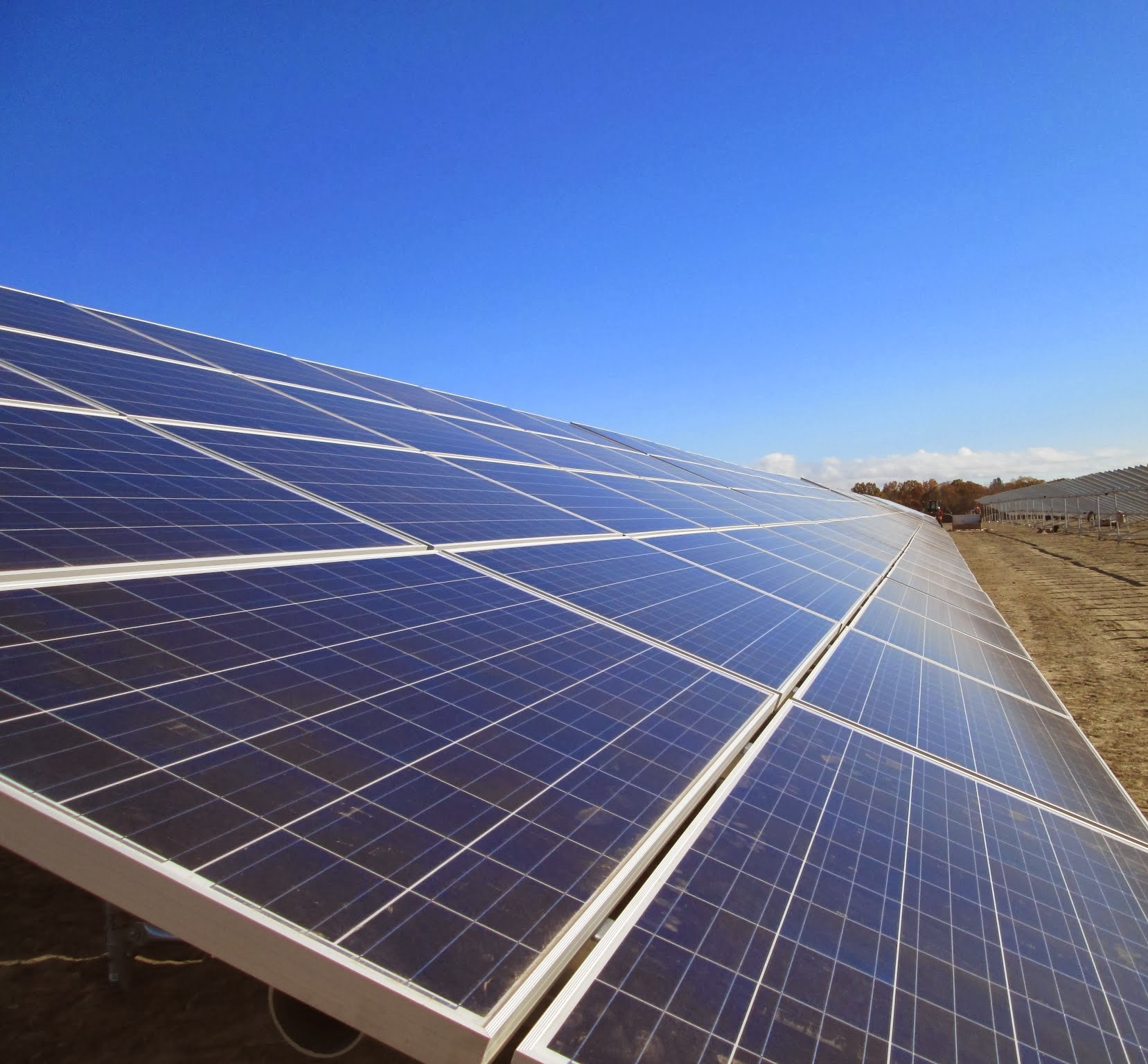
1. Photovoltaic module renovation
Where there are benefits, there are unscrupulous manufacturers. Unscrupulous manufacturers polish, refurbish, repackage some recycled components, and sell them to installers. Some of these installers know and some do not know, but the inferior components eventually fall to ordinary users along the sales chain. In the hands of the government, photovoltaic power plants built with inferior components have large-scale safety and quality problems, low power generation efficiency, and even the risk of fire and lightning strikes.
Using paper sheets instead of silicon wafers to make solar panels is the most absurd news I have seen. It is too dark to produce photovoltaic modules that cannot generate electricity for this profit. Photovoltaic power plants rely on the silicon wafers on the battery panels to generate electricity. If the silicon wafers are replaced with paper, the power generation will definitely decrease (it is still unknown whether it can generate electricity). Photovoltaic modules are prone to “hot spot effect”, which will cause high local temperature. I don’t know if this kind of photovoltaic modules that use paper instead of silicon wafers will catch fire. I have seen so many photovoltaic power stations on fire before. of such photovoltaic modules.
2. Defective components
During the production process of photovoltaic modules, there will be a certain defective rate. Under normal circumstances, these defective components should be sold to the recycling plant at a reserve price, and the recycling plant will process and extract the usable raw materials before turning to the manufacturing process.
Some unscrupulous “small traders” have begun to take advantage of the loopholes. They buy these defective components at low prices and sell them at high prices. Here I would like to popularize the knowledge with readers and friends. Usually, the photovoltaic modules promoted by photovoltaic industry companies are all A-level components (for example, they usually say that the life of the components is more than 25 years, etc.). Power stations can only use A-level modules. If someone sells you low-priced B- and C-level modules, don’t buy them, as they will destroy all living beings.
3. Insufficient power
Some photovoltaic modules have a power rating of 260w, but in reality it may only be 240w. There are quite a few components with insufficient power. Such components will affect the design results of photovoltaic power plants, causing the power generation of the power plant to be lower than expected. When buying photovoltaic modules, you must buy certified modules, and you must buy modules from regular manufacturers.
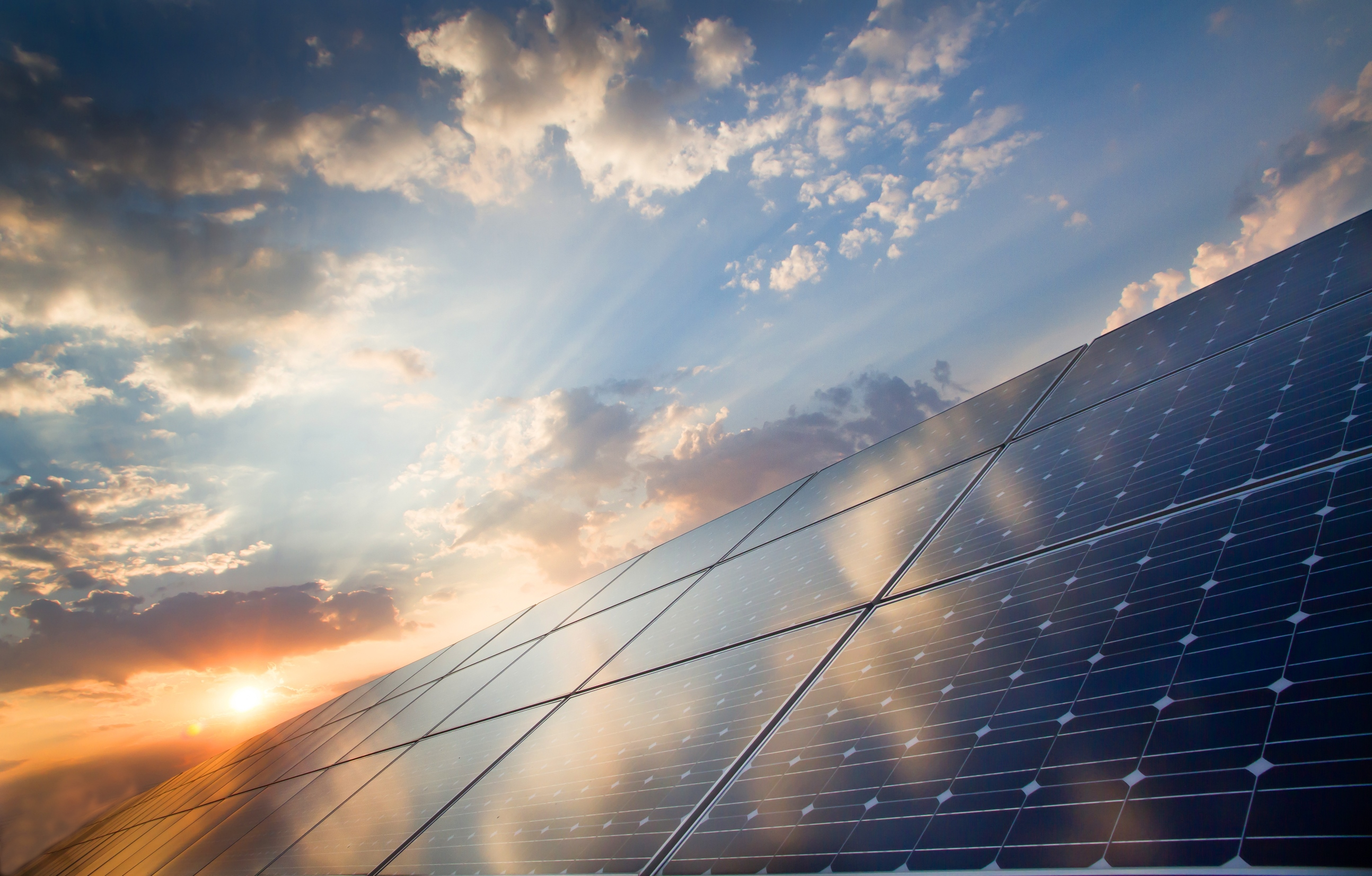
4. Other inferior components
Deck components, outdated components with new labels, I think this kind of thing has also been encountered. There are also cases of poor workmanship such as components with interlayers and virtual soldering.
Inferior photovoltaic modules are harmful. It is not only the government’s job to crack down on inferior modules, but we, as ordinary consumers, must also be more vigilant. Don’t buy modules sold through informal channels for cheap, so that unscrupulous merchants have no chance to take advantage of them.

